Resurrected | An Interview with Roger Ballen
- Post By: AnKaKronmüller
- Date:
- Category: ART, Interview, Photo Art
- Tags: Interview, Photography, Roger Ballen. Photo Art
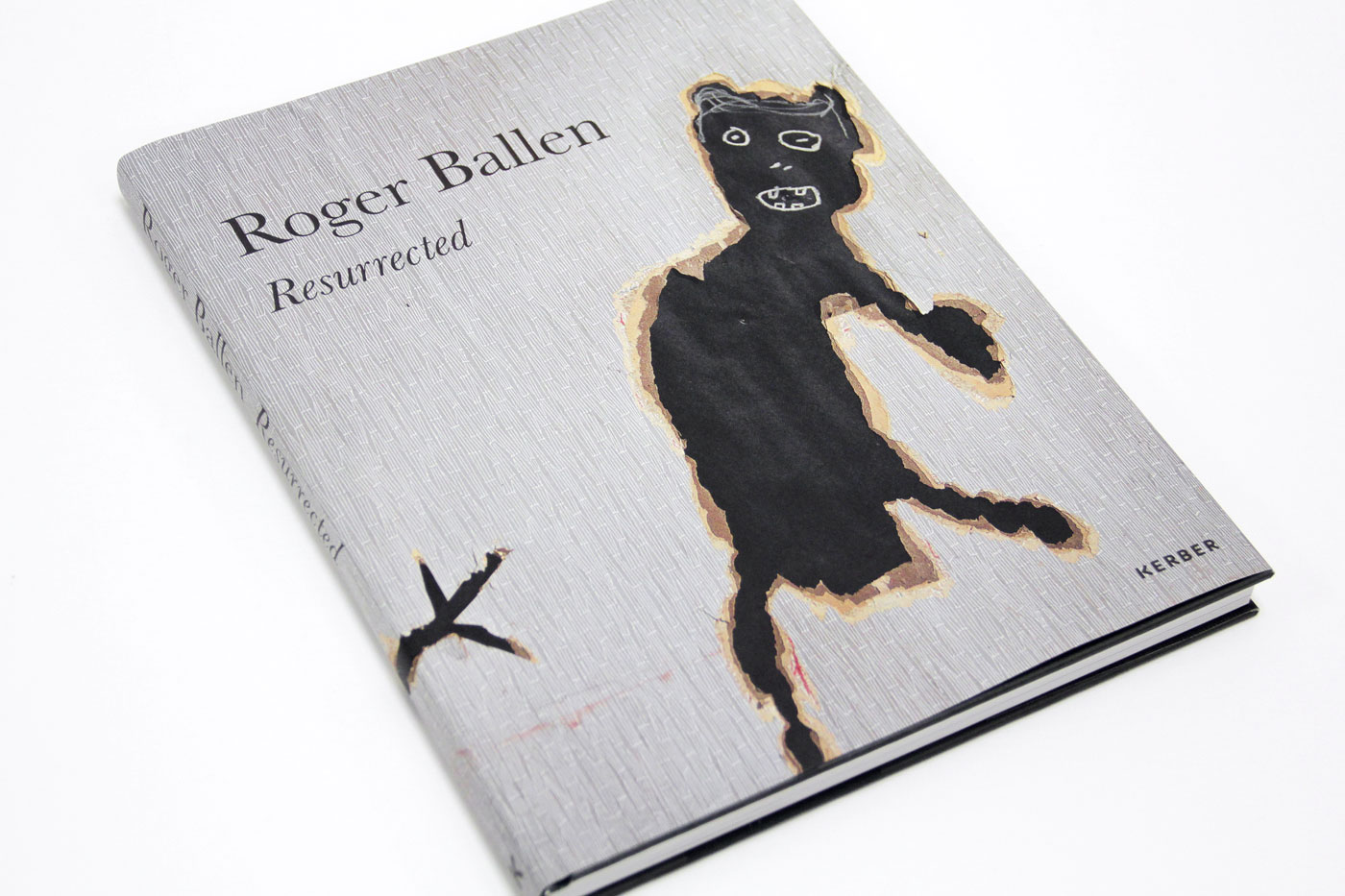
“Resurrected” is a multi-layered installation that Roger Ballen created in an abandoned family home deep in the Finnish woods. The entire house was then moved and reassembled at the Serlachius Museum in Finland. Michelle van der Veen talked about the accompanying book with the artist.
The project “Resurrected” is very different to your famous photographs made in South Africa. How did you end up in the Finnish woods?
I met the Finnish photographer Ville Lenkkeri some years ago in Latvia and we continued to speak with each other about a photographic project in Ville’s home town Mantta. He mentioned that the Serlachius Museum had shown interest in his proposal. About a year before I arrived in Finland, Ville informed me that the project had been approved.
After a number of discussion, Ville was able to find an abandoned house in the Finnish woods. The initial idea was for me to transform the place into a Ballenesque space. Once I arrived in Finland, both the museum curators and I started to discuss the possibility of moving the completed house to the Serlachius Museum. It was absolutely astonished when the Museum informed that the project was going to happen.
The book presents the entire process of “Ressurected” in essays and photographs including the photographs you created and took within the House. How important is the preservation of the project as a book for you?
Over the past few years, on a regular basis I have created installation in various Museums mirroring the spaces that I have worked in. These installations have been very successful in creating a situation in which the viewer better comprehends the aesthetic nature of my art.
Since I started taking serious photographs nearly fifty years ago the crucial goal of my endeavors has been to publish books on the various series that I have worked on. I believe a book is the most effective means over time by which to preserve the essence of what I worked on.
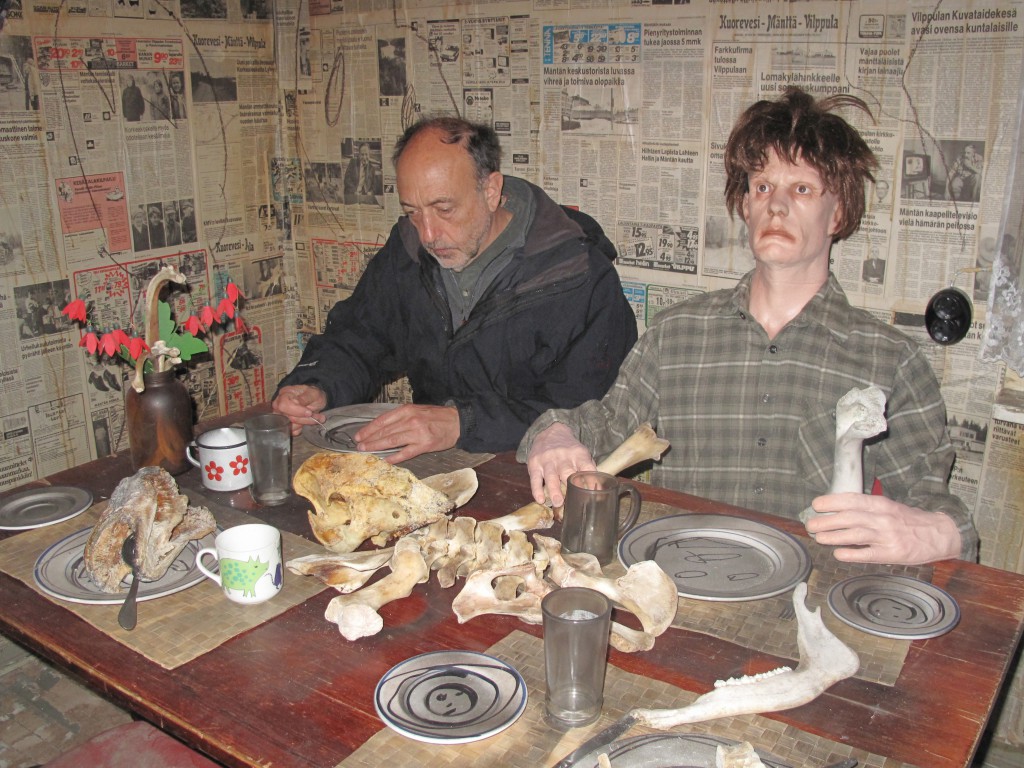
More than 30 years have passed since you started to shoot the poor rural population of Platteland in South Africa. Your style and artistic approach changed immense over time. From a clean documentary style into a fiction-based one that continues until today. How did this change arose?
My photographic style evolved step by step from being somewhat documentary to creating a unique aesthetic in photography. Beginning in the late 1990’s, I started to view myself as a photographer/artist and around 2003 portraiture in my imagery almost disappeared. At this time, my photographs gradually began to be dominated by drawing, painting and installation in which animals played a larger role than the human subject.
My photographs have always had an existential, psychological basis to them. In this aspect, there has been continuity in my imagery.
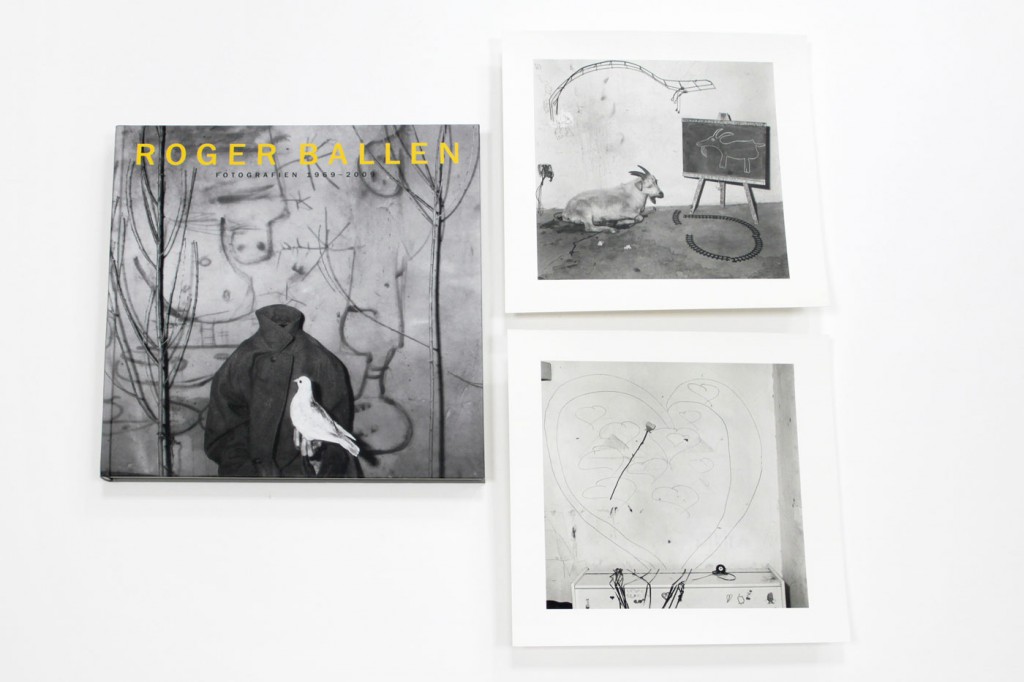
Roger Ballen: Photographs 1969-2009 with the accompanying Collector’s Edition.
Another big change is the absence of humans (sometimes referred to by dolls) and the introduction of animals as the main figures in your work. Especially birds play a big role in your work. Why the change?
Animals all have archetypal meanings and when they interact in a Ballenesque space, metaphors reflecting various aspect of the human and animal conditions are created. The majority of viewers of photographs first attempt to understand the meaning of a photograph by the human face; if this face does not exist it allows the other aspects in my images to take on a greater significance.
You also extended the range of media you use. From mere photography to extensive art installations, drawings, sculptures and videos. You even did a music video with the South African band Die Antwoord. The videos have in common that they’re much closer to the viewer than the photographs. They “suck” the viewer deep into the places where you took the photographs, but they don’t have a documentary character. How does the movies and the photographs relate to each other?
I view my photographs and videos as parallel art forms and when taken together extend my aesthetic on multiple levels. The audience for my videos is exponentially greater than my photographs and this media has expanded the audience for my work beyond my wildest expectations. The video, I fink u freeky, that I directed with Die Antwoord has had nearly 80 million hits on Youtube.
But there’re not just all those changes, you always stick to the black and white photography and its aesthetics. What is the advantage of the black and white style?
I am part of the last generation that grew up in a world where black and white photography dominated the media. In numerous ways one cannot separate the essence of my images from the fact that they were taken in black and white. I have been using the same Rolleiflex 6cm x 6cm camera since 1982.
I am attracted to Black and White film as it does not pretend to depict so called reality. It is a very reduced, minimalistic, abstract media which is synonymous with my photographic aesthetic.
You create photographs, videos and installations. You did a lot of book projects and you still have time to document and promote your art online. How important is social media and the communication with your fans to you?
I am not obsessed by social media, on the other hand I realize its great potential to reach an audience that would never have come into contact with my art. Furthermore, it also provides a basis for keeping in regular contact with a large audience that is interested in learning more and more about my artistic evolution.
What is your next project about?
In the Fall of 2016, Thames and Hudson will be publishing a book of images titled The Theatre of Apparitions. These images are a metaphor for the primeval mind and are radically different than anything I have seen in photography. I will also be releasing a very interesting animated video
Thanks for your time.
Look inside the book
Publication: Roger Ballen. Resurrected, March 2016
edited by Pauli Sivonen,
Texts by Riikka Ala-Harja, Roger Ballen, Marguerite Rossouw, Elina Heikka, Ville Lenkkeri, Sampo Linkoneva, Tarja Talvitie & Krister Gråhn, Pauli Sivonen.
Design by: Teija Lammi
ISBN: 978-3-7356-0208-4
About the artist
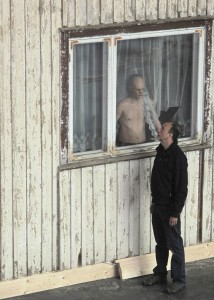
Roger Ballen is one of the most important photographers of his generation. He was born in New York in 1950 but for over 40 years he has lived and worked in Johannesburg, South Africa. Ballen has published numerous publications and exhibited internationally. By now Ballen has invented a new hybrid aesthetic in his work but one still rooted firmly in photography.
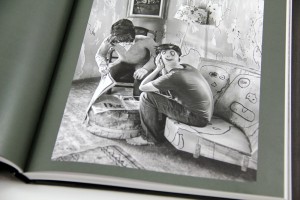
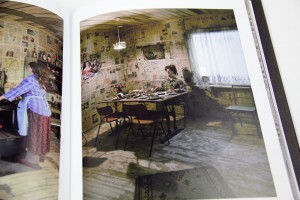
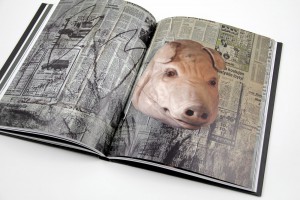
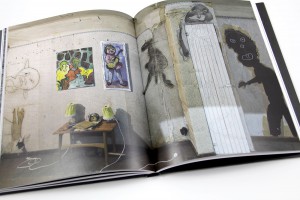
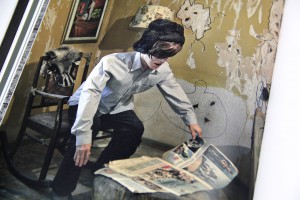
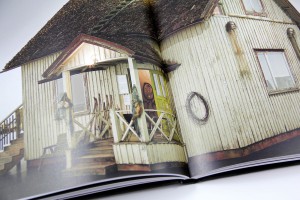
Schreibe einen Kommentar